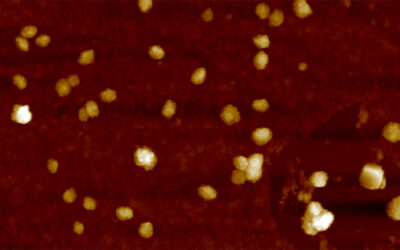Polarization is a fundamental property of light and a powerful sensing tool that has been applied to many areas, one of them being the medical field. Traditional medical optical techniques for imaging biological tissues only make use of radiant flux and three wavelength bands of light to implement basic colour imaging. State-of-the-art optical imaging has broadened the possibilities considerably and allowed the observation of biological tissue from new perspectives based on additional image contrast mechanisms. Optical polarization is one of those possibilities and a powerful sensing tool that is able to provide an interesting and unique insight into tissue. The characteristic polarization information of interest is carried by a 4×4 matrix named a Mueller matrix and this can be experimentally obtained from Mueller polarimetry and polarimetric imaging. In recent years, an increasing number of biomedical applications of Mueller polarimetric imaging techniques have been proposed.

A 3×3 Mueller polarimetric endoscope. (a) View of the distal end of endoscope. (b) Ring shaped linear polarizing film covering illumination channel. (c) Side-view of the endoscope.
Mueller polarimetric imaging measures Mueller matrices – basically the complete mathematical descriptions of the polarization characteristics of objects – over a field of view and thus allows for visualising these polarization characteristics of the objects. It has emerged as a promising technique in recent years for tissue imaging, improving image contrast and providing a unique perspective to reveal additional information that cannot be resolved by other optical imaging modalities. In a recently published review Dr. Ji Qi and Dr. Daniel S. Elson take a closer and critical look at Mueller polarimetric imaging and review the latest advances in this field in relation to surgical imaging: the progress is paving the way to translate this technique into in vivo preclinical trials and for potential adoption into clinical practice for better tissue diagnosis and surgical guidance in the future. As a promising technique, Mueller polarimetric imaging for surgical and diagnostic applications is still in its infancy, and there is no doubt that much research still needs to be done, but it is anticipated that Mueller polarimetric imaging can become an accessory imaging modality for surgical imaging in the future.
To read the full review simply click here. The review is part of the recently published August issue of Journal of Biophotonics.

















